#cetaceans
Text
I think it's sad that most people always think of bottlenoses as the "classic dolphin" since its the one that's always used for shows, and always think of dolphins as just straight grey when in reality there's so many varieties with so many different amazing patterns

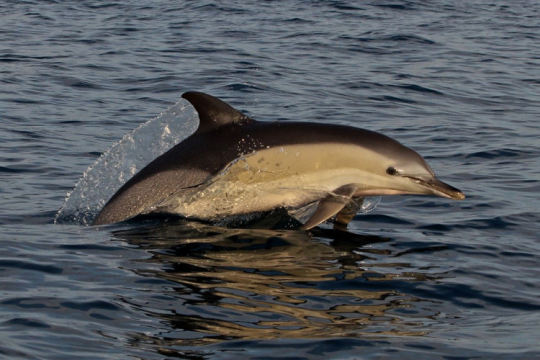
Look at the common dolphin! They have a gorgeous X pattern and even some dull yellow/gold!!
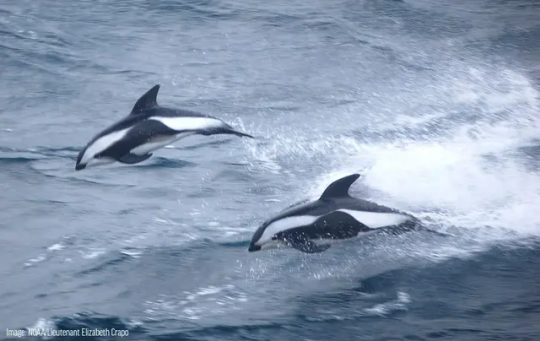
Hourglass dolphins have gorgeous white streaks
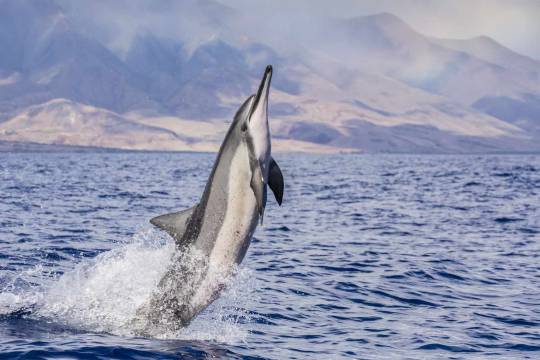

Spinner dolphins have really pretty banding as well, AND they have a really sleek cute silhouette!

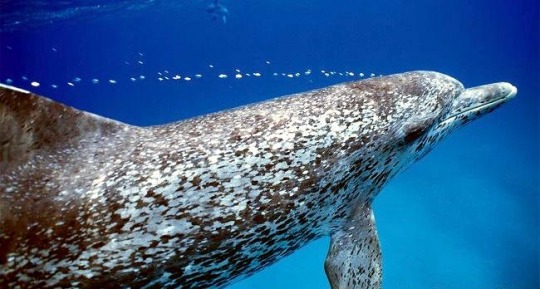
The atlantic spotted dolphin!!! Theyre spotted!!!!!!
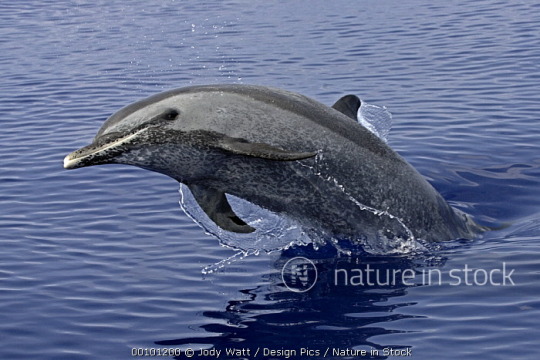
and the pantropical spotted too!!
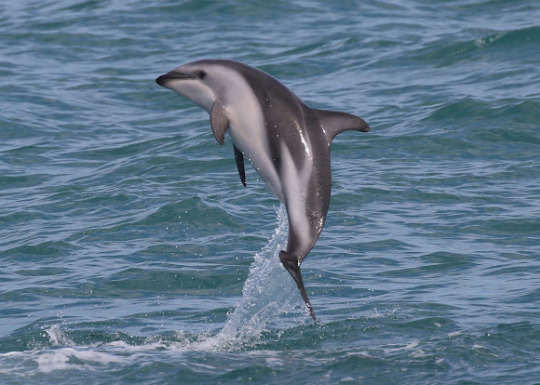
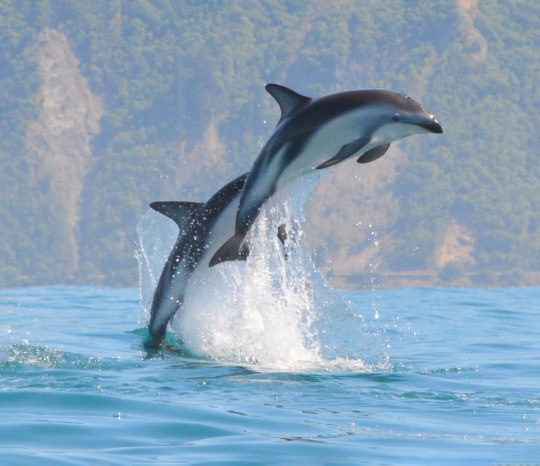
Dusky dolphins have a gorgeous airbrush look going on like straight out of a 2000s fantasy illustration
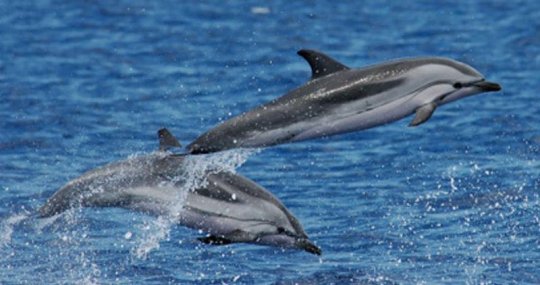
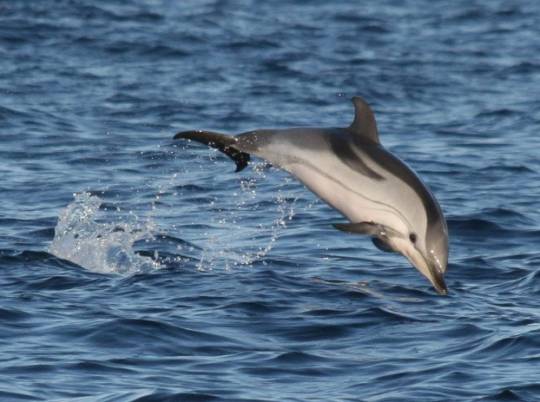
Striped dolphins sure have stripes!! How cool!!
And these I've shown you aren't even all of them at all, there are so many of them:
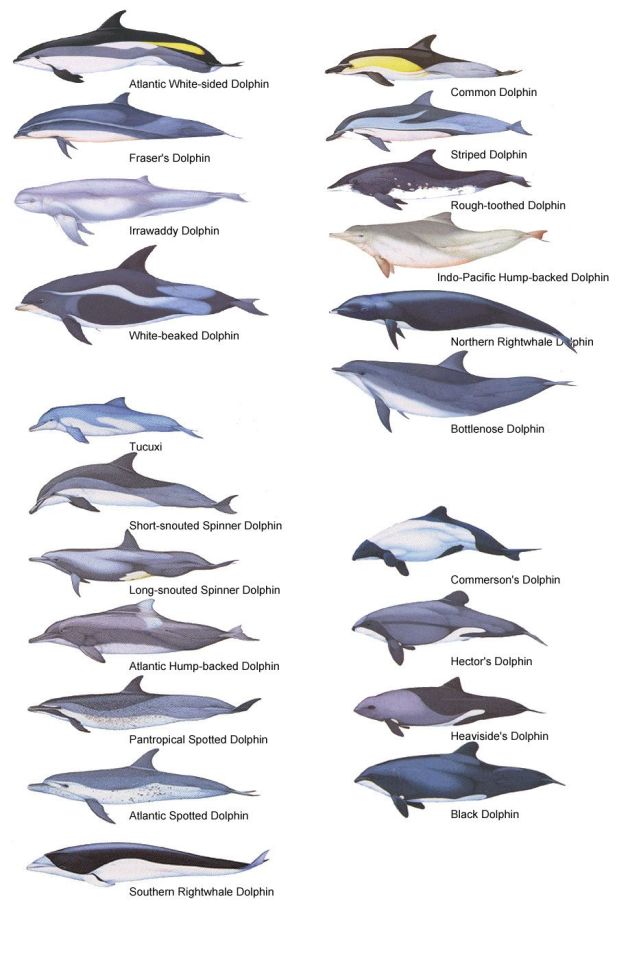
There's so so so many different types of dolphins people dont know about this isnt even all of them and some are SO gorgeous and underrated because people just dont know they exist so I'm here to fix that
#ocean#dolphins#cetaceans#long post#thunderclap#I WANTED TO MAKE THIS POST FOR A WHILE I FINALLY GOT AROUND TO IT#YOU WILL KNOW ABOUT THE WORLDS DOLPHINS!!!! THANK YOU!!!!!!!!!#Everyone loves dolphins but everyone also always thinks of bottlenoses only#and i love bottlenoses BUT THERES SO MANY MORE!!!!!!!!!!!!!!!!!#best of#wow this took off
18K notes
·
View notes
Text

let’s hear it for the world’s smallest whale (the vaquita) you guys!!
31K notes
·
View notes
Note
"birds aren't dinosaurs" ❌ wrong, misinformed, way too common
"all vertebrates evolved from fish, and are therefore technically fish" ✅ mischievous, technically true if you look at it from the right angle, demonstrates how cladistics work
"whales are fish but not for the reason you might think" 😈 this is funny to me specifically
Whales technically being fish is the funniest about face evolution has given us
13K notes
·
View notes
Text
Humpback whales breaching: gorgeous, majestic, graceful, embodies all the strength and beauty of the ocean

Minke whales breaching: I will launch myself out of this ocean like a f***ing surface-to-air missile to seek and destroy my enemies
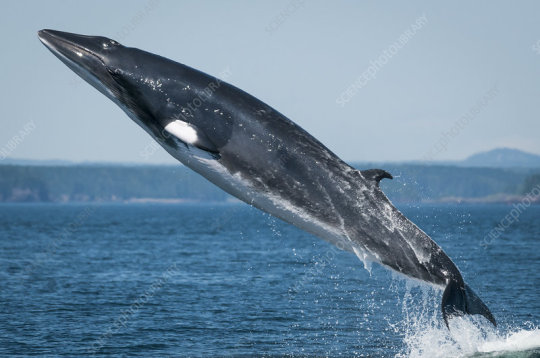
24K notes
·
View notes
Photo
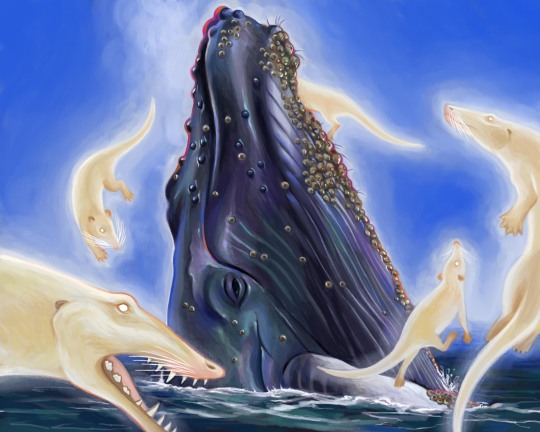
Humpback Whale with Ancestors
“Look how much we’ve changed”
#humpback whale#whale#cetaceans#pakicetus#ambulocetus#nature#nature art#evolution#paleontology#paleoart#my art#ocean#ocean art#marine biology
16K notes
·
View notes
Text
Learning anything about marine mammal training will make you re-evaluate so much of your relationship with your own pets. There is so much force involved in the way we handle domestic animals. Most of it isn’t even intentional, it just stems from impatience. I’m guilty of it myself!
But with the exception of certain veterinary settings where the animal’s health is the immediate priority, why is it so important to us that animals do exactly what we want exactly when we want it? Why do we have to invent all these tools and contraptions to force them to behave?
When a whale swam away from a session, that was that. The trainer just waited for them to decide to come back. If they flat out refused to participate in behaviors, they still got their allotment of fish. Nothing bad happened. Not even when 20-30 people were assembled for a procedure, and the whale chose not to enter the medical pool. No big deal. Their choice and comfort were prioritized over human convenience.
It’s almost shocking to return to domestic animal medicine afterwards and watch owners use shock collars and chokers and whips to control their animals. It’s no wonder that positive reinforcement was pioneered by marine mammal trainers. When you literally can’t force an animal to do what you want, it changes your entire perspective.
I want to see that mindset extended to our domestic animals.
#‘oh I can walk my dog off-leash down a crowded street’ why does that matter?????#the horse world is ESPECIALLY bad about this too#edit: the whips is referring to horses I have not seen anyone whip their dog#pets#horses#animal training#dog training#dolphin training#dolphins#belugas#orcas#killer whales#cetaceans#marine mammals#zoos#aquariums#cooperative care#vet med#vetblr
1K notes
·
View notes
Text

Grampuses by Louis A. Sargent. From Wild Beasts of the World, Vol. Two. Written by Frank Finn, published in 1909.
Internet Archive
1K notes
·
View notes
Text
I think one of my favorite things about cetaceans (whales and dolphins) is the way they exhibit little signs of culture varying from pod to pod. For example, in the 80s there was a wild dolphin named Billie in Adelaide who was placed in dolphin rehab after being injured, and she spent some time amongst captive dolphins while recovering. Just from watching the Marineland dolphins, Billie learned to perform a trick called “tail walking” which is a behavior that dolphins don’t really do in the wild. However, when Billie was released back into Port River after her recovery, she loved tail walking so much that she taught it to all of the other wild dolphins in the pod as well as her daughter. Billie would regularly race up to boats and tail walk alongside them to the delight of passengers

There was a period for several years where pretty much all of the dolphins in Port River were tail walking on a regular basis until the fad eventually wore off, as fads do. Billie herself though never stopped exhibiting the behavior until her death in 2009 from renal failure. What a remarkable animal she was; I love what her story tells us about dolphin behavior and cognition.
#Billie the dolphin#cetaceans#dolphins#tursiops#animal behavior#animal cognition#biology#zoology#Australia#funny#cetacean
6K notes
·
View notes
Text

🚨 A team of scientists, led by Phil Morin of NOAA, have published a new paper formally proposing two “new” species of killer whale: Bigg’s killer whales (Orcinus rectipinna) and resident killer whales (Orcinus ater).🚨
More than fifty years ago, researchers began studying the killer whales found off the west coast of North America. One keen-eyed scientist, Dr. Michael Bigg, noticed that there appeared to be two kinds of killer whales: a smaller, more gregarious form that fed on fish and a larger, stealthier type that fed on marine mammals. He and his colleagues dubbed the fish-eaters “resident” killer whales and the mammal-eaters “transient” killer whales (who were later renamed Bigg’s killer whales in his honor).
Two female Bigg’s killer whales in Washington (top) and a male and female resident killer whale in Alaska (bottom)
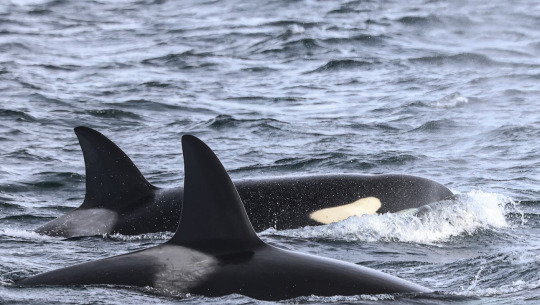

Many decades later, scientists have been hard at work trying to resolve whether or not these two forms are different species. It is not an easy task. This requires a thorough investigation into many factors, including evolutionary history, genetics, morphology, ecology, and behavior. In this paper, the researchers lay out all of the evidence and conclude that these two forms warrant elevation to species status.
As newly proposed species, both need new scientific names. There have been numerous killer whale species proposed and described in the past by other naturalists and researchers, including those in the North Pacific. Unfortunately, there are no type specimens— individual specimens upon which the first descriptions of a species are based—available for killer whales previously described from the North Pacific, so the researchers were left to examine drawings and illustrations of killer whales in the North Pacific in the late 1800s by Scammon and Cope.
The authors propose “Orcinus rectipinnus” for Bigg’s killer whales and “Orcinus ater” for resident killer whales. “Rectipinnus” presumably refers to tall dorsal fins, and “ater” means “black” or “dark” in Latin. Of note is the fact that a female killer whale from California originally examined and described by Scammon as “Orcinus rectipinnus” had seals in her stomach, suggesting she was a Bigg’s killer whale.
In addition, the authors note they are consulting with Indigenous tribes for a new common name for resident killer whales.
What’s next? In marine mammal biology, proposed taxonomic changes are reviewed by the Society for Marine Mammalogy’s taxonomy committee. If accepted, these species revisions become “official.” This has been an eagerly awaited paper by many in the field of killer whale biology and it is a great accomplishment, made possible by decades of research by scientists around the world.
A big thank you to lead author Phil Morin for letting me preview the manuscript and for answering my numerous questions in preparation for this post!
Read the paper here!
#killer whale#orca#science communication#marine biology#marine mammal#cetaceans#marine mammals#orcas#whales
540 notes
·
View notes
Text
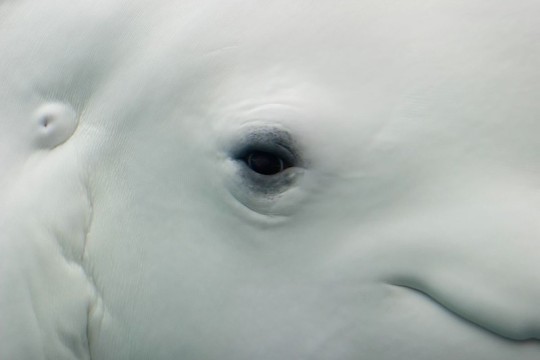
The eye (and ear opening) of a Beluga whale (Delphinapterus leucas)
by Eric Heupel
#details#beluga whale#whales#cetaceans#delphinapterus leucas#delphinapterus#monodontidae#cetacea#artiodactyla#mammalia#chordata#captive animal#mystic aquarium
1K notes
·
View notes
Text
did you know that the world’s MOST ENDANGERED MAMMAL…
…is a cute little panda-spotted porpoise that could fit in your bath tub?? 🐬
TIME TO SUPPORT OUR FRIEND, THE VAQUITA!
read on to learn more (and maybe grab yourself some swag ;3)
(also, please tell your friends!)

oh! but… you’ve not heard of vaquitas? totally in the dark as to what’s going on with them? not a problem, i’ve got you covered!👇



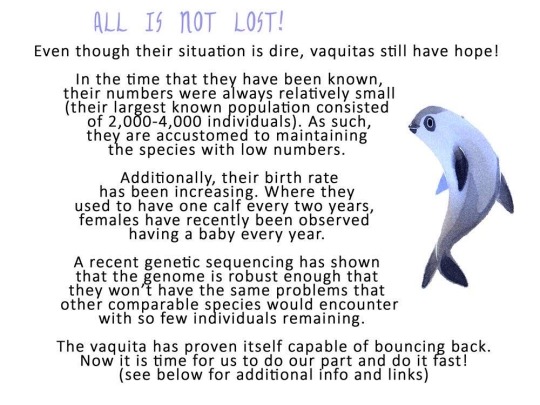
here’s a handy link for easy access to the features goodies i’ve got on offer:
fleebites.storenvy.com
more info about individual items to follow!

!! REMEMBER!! the drive ends 10th May, so grab it all quick-like!

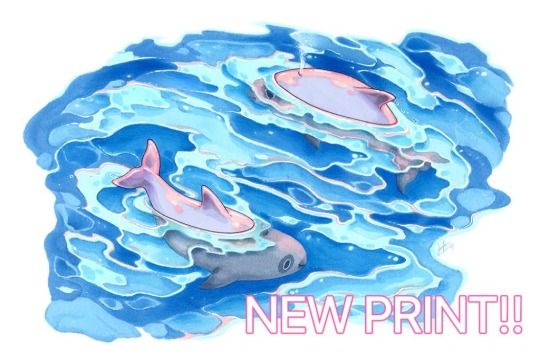
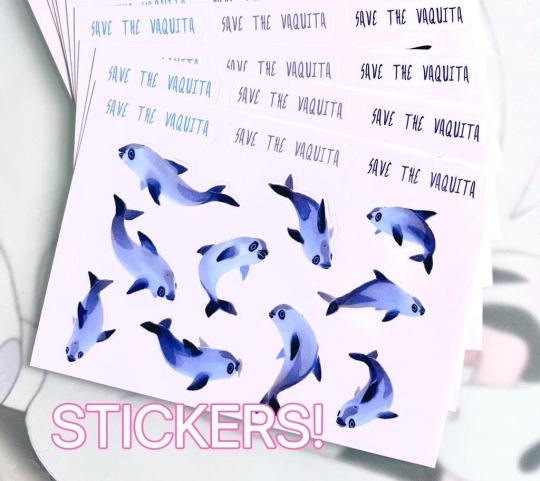
And what is this Sea Shepherd Conservation Society??
they are a nonprofit dedicated to the conservation of marine life. notably, they’ve been at the forefront of efforts to protect the vaquita through direct action (as in they actually go in and pull up gill nets, patrol the Sea of Cortez to intercept illegal fishing operations, etc.)
the vaquita is only one of a multitude of imperiled species they are working to save.
suffice to say, i believe they are well worthy of support!
want to check them out? do so here; https://seashepherd.org/
thank you for reading!! now, let’s save some tiny cetaceans! :D 💪🐬
2K notes
·
View notes
Text

Research alert! A team of international scientists has discovered the largest known freshwater dolphin, an ancient species that lived in the Peruvian Amazon some 16.5 million years ago. Pebanista yacuruna, which likely measured 10-11.5-feet (3-3.5 meters) long, inhabited what is now the Amazon River basin before this system had its major connection to the Atlantic Ocean.
“Discoveries by our international collaborative teams tell us the kinds of tropical life that existed during times in Earth’s history when virtually nothing had been known before,” said John Flynn, the Museum’s Frick Curator of Fossil Mammals and a co-author on the new study, which was published in the journal Science Advances. “This is crucial to understanding the history and pathways that led to the remarkably rich modern Amazonian biodiversity.”
Learn more about this animal, and its surprising modern relatives, in our latest blog post.
#science#amnh#museum#fossil#natural history#nature#animals#dolphin#cetaceans#did you know#fact of the day#stem#research#new research#ancient animals
532 notes
·
View notes
Text
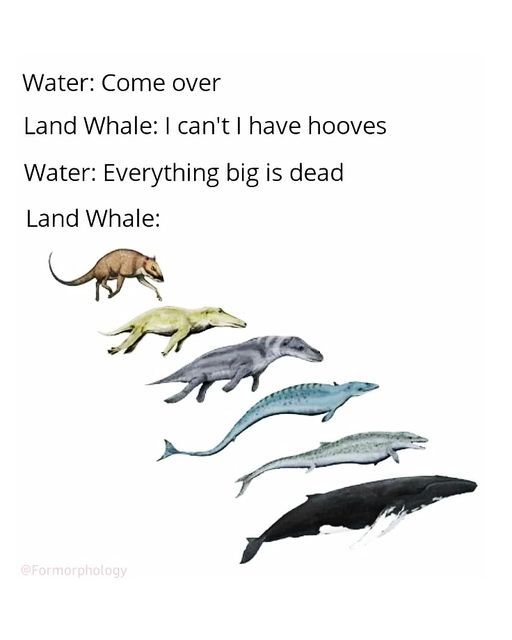
506 notes
·
View notes
Text
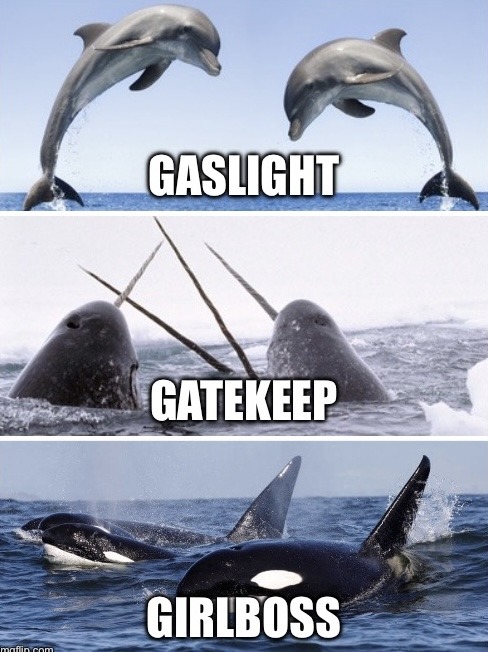
gaslight, gatekeep, girlboss: cetacean edition
#marine biology#marine mammalogy#marine mammals#cetaceans#marine biology memes#cetacean memes#dolphins#bottlenose dolphin#narwhal#orca#killer whale
3K notes
·
View notes
Text
In another edition of cetaceans breaching, I present to you my beloved Hector's/Māui's Dolphin, (Cephalorhyncus hectori). Every photo of these little guys jumping out of the water is equally adorable and chaotic and I love them for that.
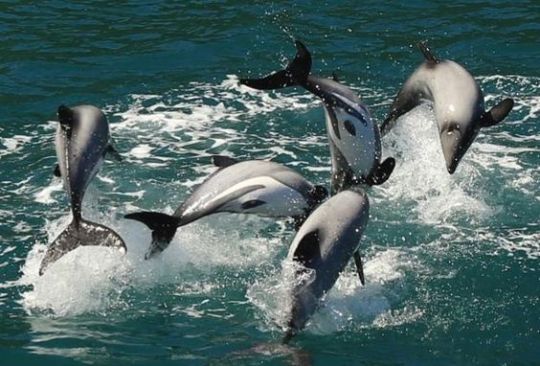
What is even going on here?

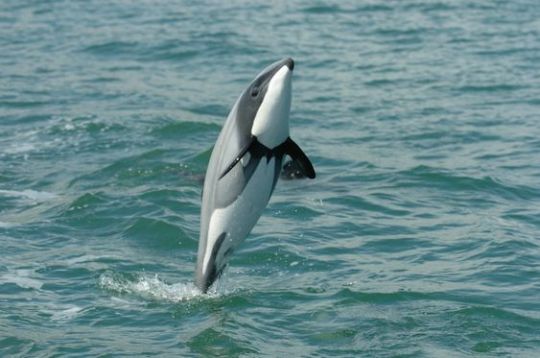
They're leapin'.



#I know that dolphins are getting cancelled for being a menace to everything else in the ocean#but personally I have my doubts about the Hector's and Māui's dolphins#look at them#they can't even jump in a coordinated way#unfortunately they're also very endangered#cetaceans#marine life#marine biology#dolphins#cephalorhyncus#cephalorhyncus my beloved
2K notes
·
View notes
Text
the massive, graceful, majestic — Blue Whale
#blue whale#whales#animals#nature#ocean#wildlife#sea#aesthetic#video#marine biology#sea life#ocean life#nature photography#photography#beauty-funny-trippy#cetaceans#marine life#sea creatures#marine animals
463 notes
·
View notes